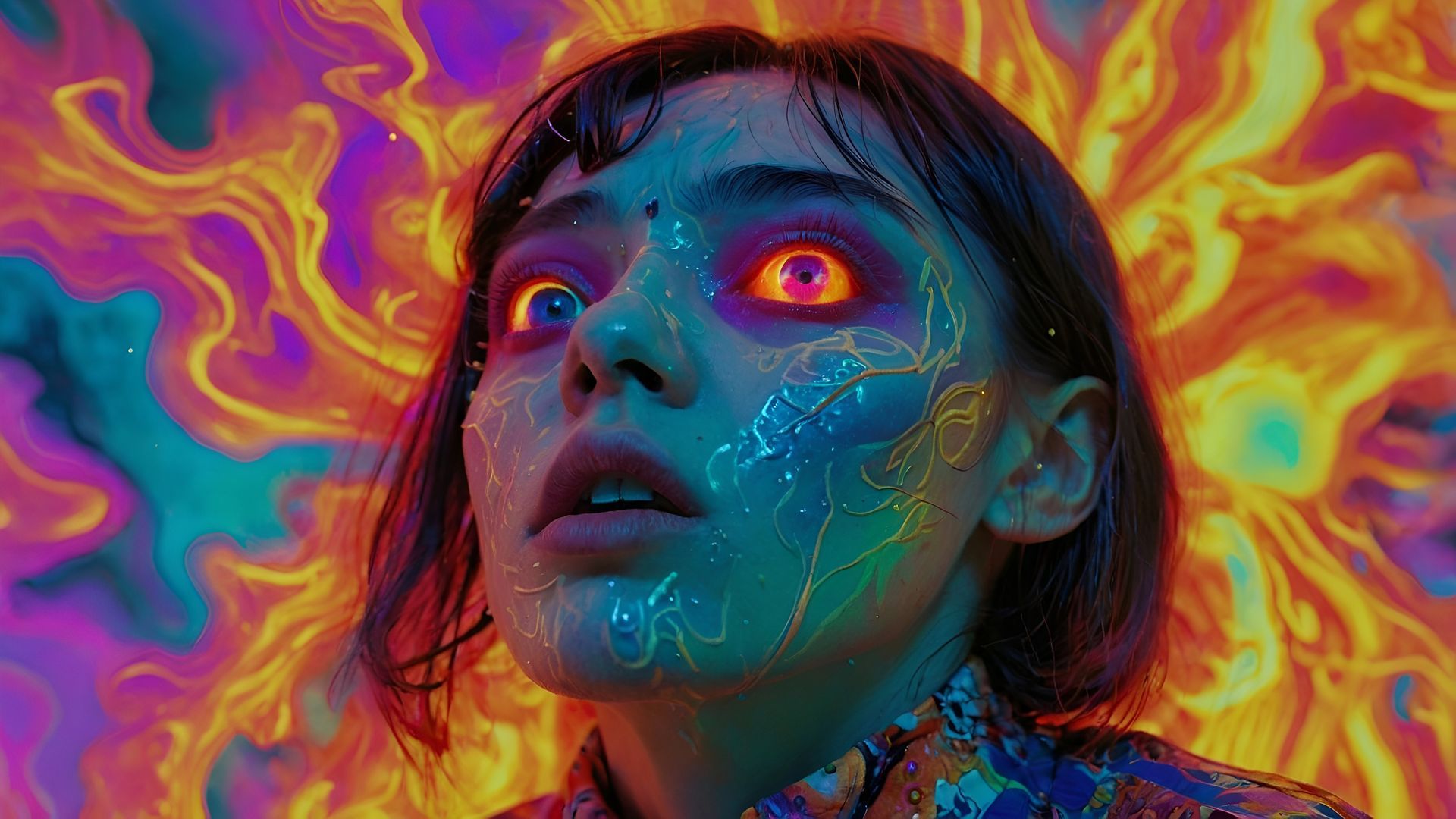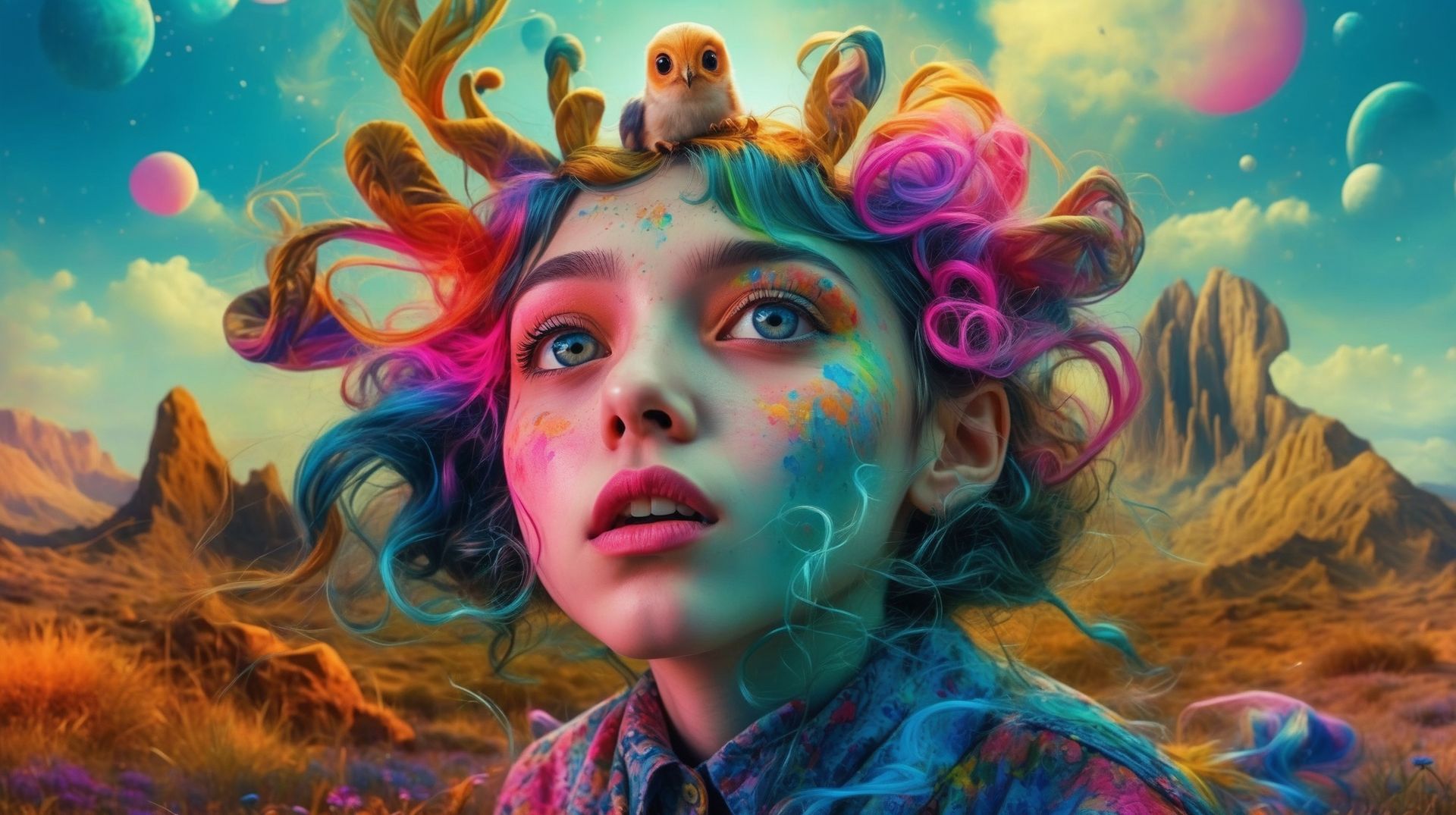
Discover the incredible healing power of animals in this heartwarming look at Animal-Assisted Therapy (AAT). From reducing stress and anxiety to improving physical and emotional well-being, animals play a unique role in the therapeutic process. Join us as we explore the science behind how these amazing companions help people heal, grow, and thrive. Whether you’re curious about therapy dogs, emotional support animals, or love animals, this video will show you how they can transform lives! Presented by SaraInMotion.
"The Healing Power of Animals: Exploring Animal-Assisted Therapy"

Animals have long held a special place in our hearts, providing companionship, unconditional love, and comfort in ways that often transcend words. But did you know that they also play an essential role in promoting healing? Animal-Assisted Therapy (AAT) is a growing field that harnesses the unique bond between humans and animals to support emotional, physical, and psychological well-being. In this blog post, we’ll dive into the heartwarming and transformative world of AAT and uncover the science behind how these amazing companions help people heal, grow, and thrive.
What is Animal-Assisted Therapy?
Animal-Assisted Therapy is a therapeutic approach that incorporates animals into the treatment process to achieve specific health-related goals. These goals might include reducing anxiety, managing symptoms of depression, improving motor skills, or boosting overall emotional well-being. While dogs are the most common animals used in therapy sessions, many other animals, such as horses, cats, and even small pets like rabbits and birds, are also involved in providing comfort and care.
The idea is simple yet powerful: animals have an innate ability to calm, nurture, and bring joy. Their presence can help create a safe and non-judgmental environment, making it easier for individuals to express themselves and feel supported during their healing journey.
The Science Behind Animal-Assisted Therapy
Research has shown that interacting with animals can have a profound impact on our physical and mental health. Spending time with therapy animals can help lower blood pressure, reduce stress hormones like cortisol, and release feel-good hormones such as oxytocin. This creates a sense of calm and connection, which is particularly beneficial for individuals struggling with anxiety, PTSD, or other mental health challenges.
For those dealing with physical rehabilitation, animals encourage movement and interaction, helping to improve motor skills and coordination. For example, a patient recovering from surgery might be encouraged to pet a dog, gradually working on their hand movements and coordination. The emotional support animals provide often motivates patients to stay engaged in the therapeutic process, making recovery more enjoyable and fulfilling.
How Animals Transform Lives
The benefits of AAT extend beyond science; the real magic lies in the stories of transformation. Children with autism, for example, often experience breakthroughs in communication and social interaction when working with therapy animals. Veterans suffering from PTSD may find solace and safety in the presence of a calm, gentle therapy dog, helping them reconnect with the world around them.
Animals offer something uniquely profound: the ability to connect on a deep emotional level without words. Their non-verbal communication, through simple gestures like eye contact, a wagging tail, or soft purring, helps people feel seen, understood, and supported. For those who feel isolated or disconnected, an animal’s companionship can be life-changing.
Types of Animal-Assisted Therapy
1. Therapy Dogs: Dogs are the most popular participants in AAT due to their versatility, loyalty, and intuitive nature. They are often seen in hospitals, schools, and care facilities, helping patients of all ages cope with stress, anxiety, and loneliness.
2. Equine Therapy: Horses are sensitive and responsive animals that mirror the emotions of the people around them, making them powerful partners in therapeutic work. Equine therapy is particularly effective for individuals working through trauma, addiction, or emotional challenges, as interacting with horses requires a strong sense of self-awareness and trust.
3. Emotional Support Animals (ESAs): While not specifically trained for therapy sessions, emotional support animals offer invaluable companionship to individuals who suffer from emotional or psychological conditions. Their calming presence can reduce feelings of anxiety, depression, and loneliness.
4. Small Animal Therapy: Smaller animals like rabbits, guinea pigs, and even birds are used in settings where larger animals may not be practical. These gentle creatures are particularly popular in pediatric care or with elderly patients in nursing homes, offering soft comfort and nurturing.
How to Get Involved in Animal-Assisted Therapy
If you’re interested in the incredible healing power of animals, there are several ways to get involved in AAT, whether as a participant, a volunteer, or a professional.
• Volunteering with Therapy Animals: Many organizations train therapy animals and pair them with volunteers who visit hospitals, schools, and care facilities. This can be a rewarding experience for both you and the animals involved.
• Becoming a Certified AAT Professional: For those interested in integrating AAT into their professional practice, many certification programs teach the principles of AAT and provide hands-on experience in working with therapy animals.
• Bringing AAT into Your Life: Even if you’re not directly involved in therapy, having an emotional support animal or spending time with pets can provide immense mental and emotional benefits. Whether it’s a therapy dog, a calm horse, or a cuddly cat, the bond with an animal can enhance your well-being in ways you may not even expect.
Final Thoughts
At its core, Animal-Assisted Therapy is a reminder that healing comes in many forms, and sometimes, it has four legs and fur. The unconditional love and gentle support that animals provide can open doors to emotional breakthroughs, encourage physical recovery, and bring joy to those who need it most.
If you’re curious to learn more or want to experience the magic of AAT firsthand, SaraInMotion invites you to explore this transformative world. Whether you’re seeking therapy for yourself or a loved one, or you’re simply an animal lover, AAT offers a heartwarming and life-changing path to healing.
More design inspirations


